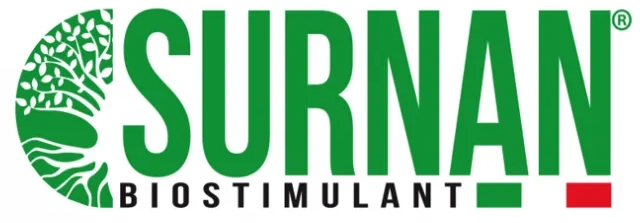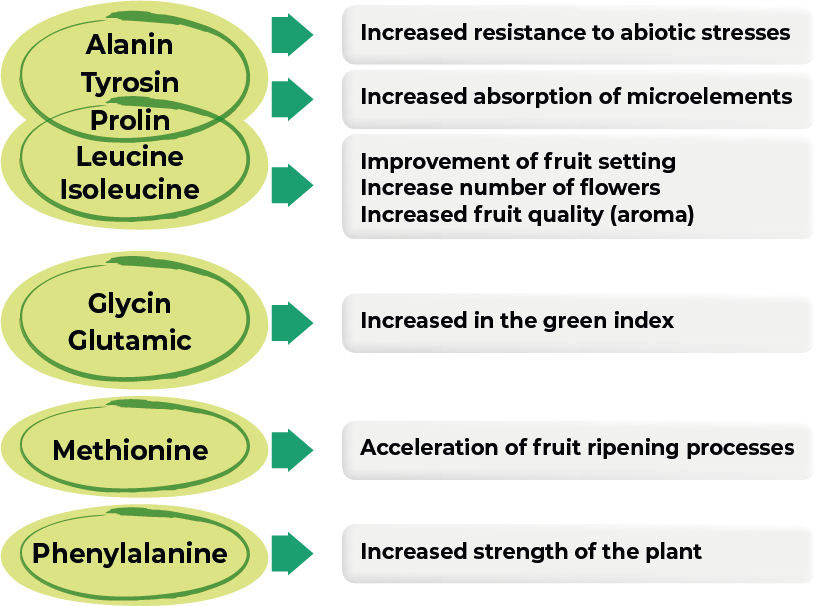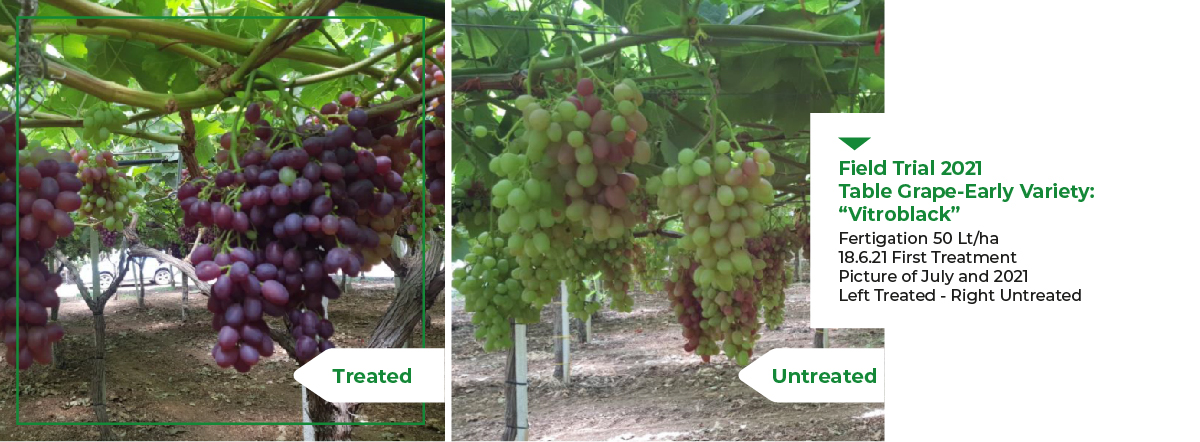
“Nourish well to resist better”
Natural bioregulator from protein hydrolysate, 100% plant origin, obtained from corn gluten proteins.


SURNAN
Composition

Not everyone knows that the corn gluten, from which Surnan® is obtained, is a by-product of the “wet milling” process for the separation of the amide fraction of corn. The amino acid fraction of gluten is not easily absorbed by the plant, by the root system or by the leaves.Only through a careful process of hydrolysis the protein chains of corn gluten (made of zein) are broken down so that the amino acids are available. The C.E.S.Hy.V.® technology (Selective and Controlled Enzymatic Hydrolysis of Vegetal Proteins) developed by SPAA® allowed to maximize the protein hydrolysis process and to break 100% of the peptide bonds.
Moreover, this production technology allows the other complex bioactive molecules that are present in non-protein corn gluten, to be solubilized and immediately available.
The entire process was designed to preserve all the biomolecules present in corn gluten proteins and their functionality.
The control of the production process through the use of advanced technologies has also allowed the high stabilization of the product. SPAA presents itself to the market offering a new natural raw material that enriches the important sector of technical means developed for the sustainability of agricultural production.SPAA® exhibited the first scientific Surnan® poster at the “3th Biostimulants World Congress” (MIAMI, November 2017) with the title «SURNAN® An Innovative Biostimulant from Corn Gluten: process description, product composition and properties» and another poster at the 4th Biostimulants World Congress” (Barcellona, November 2019). On December 2021 concurrently with our presence at the “5th Biostimulants World Congress” (Florida) the hydrolysed corn gluten obtained REACH registration with CAS number 639814-42-9.
SURNAN
Table Grapes
The best results are obtained when it is applied at the beginning of veraison at a dose of 40-50 Kg / Ha

Due to the global climate warming, temperatures during summer are higher and higher. In the areas dedicated to the cultivation of table grapes this condition inhibits the anthocyanins’ production causing pink and red grapes to have difficulties in colouring.
Temperatures play a decisive role in the biosynthesis of anthocyanins. If during the ripening phase temperatures are above 30°C the production of these pigments in the fruit’s peel could be interrupted.
For table grapes’ producers this is becoming a serious issue. Not perfectly coloured clusters undergo a depreciation on the market and colouring at different times leads to having to carry out the harvest in more steps, increasing production costs.
In light of these problems, one of the most current challenges for table grape producers is to obtain an intense and homogeneous colour of the berries at technological maturity, especially in the hottest years. Moreover, the consumer asks for high quality productions, grown in a sustainable way, but at affordable prices.
Role of amino acids in plants

Proteins are the first components of living organisms and are made up of amino acids bound together.
They are synthesized using oxygen, water and other substances present in the soil such as nitrogen.
The main amino acids (such as glutammonic, aspartic, asparagine and glutamine) allow the plant to synthesize others with specific functions.
In a situation of environmental stress, the plant reduces the synthesis of amino acids.
Therefore the use of Surnan is essential for the combined application of active substances as free amino acids, sterols, peptides and natural growth regulators. In this way the plant saves its biochemical energy increasing the plant vigor



